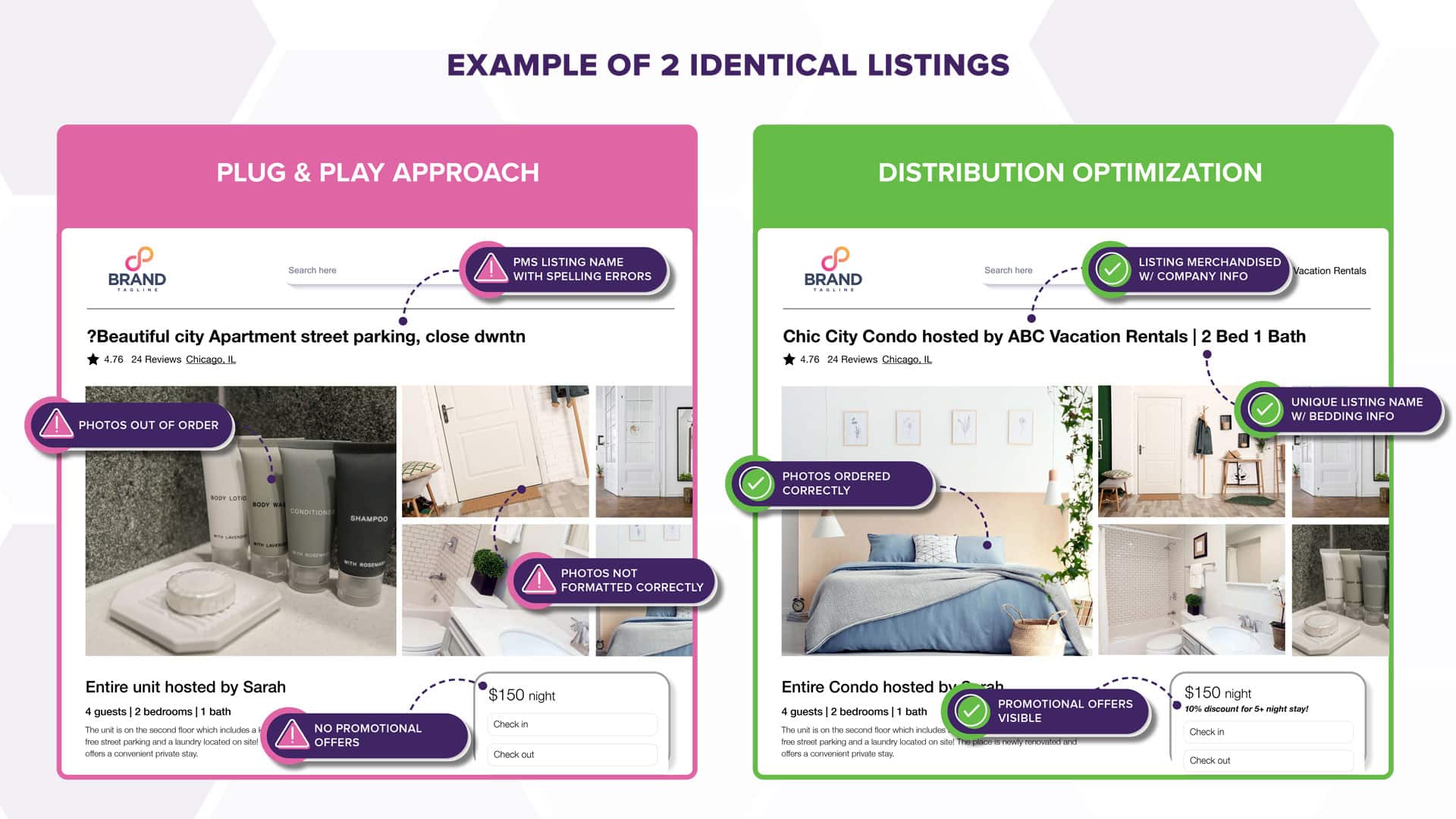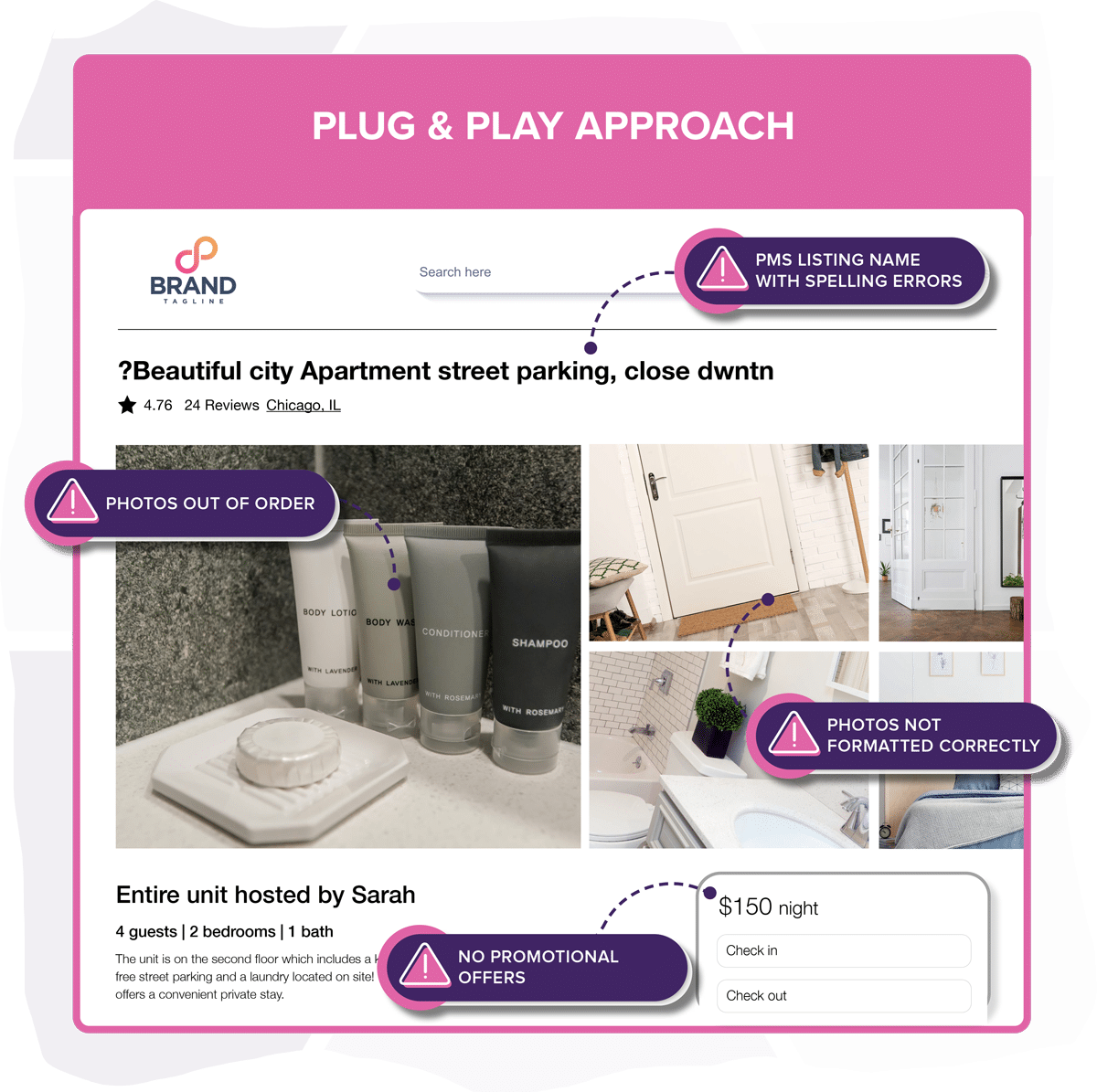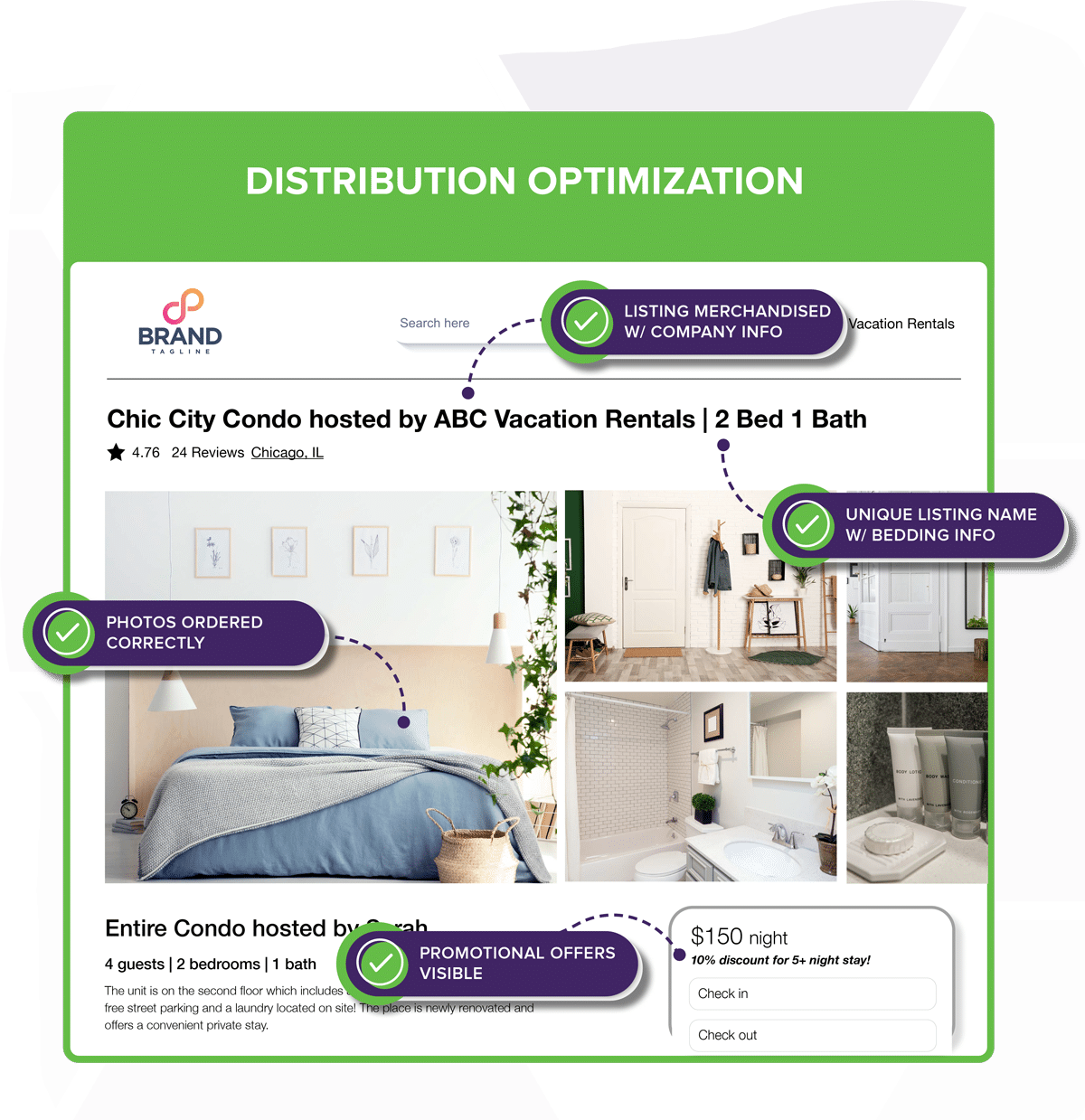Pets Allowed: Do you want them? Will they pay? (part 1 of 2)

Pets are on the go and they need a place to stay!
According to a 2019-2020 conducted by the American Pet Products Association, about 85 million American families (or 67%) own some kind of pet, and out of that, 78% shlep their pets with them on vacay.
And the numbers are rising. You can tell from the global pet travel services market—a $1.85 billion business in 2023 expected to reach $2.74 billion by 2027. That’s a compound rate growth of 10.3%! And you can bet the accommodations industry has already noticed.
According to Key Data Dashboard’s 2023 inventory of its property management clients, 22% of all U.S. vacation rentals now welcome pets. On Vrbo alone, 17,900 active listings are pet-friendly and Airbnb is only slightly higher.
No wonder that on Marriott’s Home & Villas rental booking site, the most searched-for phrase is “pets allowed.”
Even corporate chains are edging in. A recent article in the New York Times reported that hotels and resorts are actively competing for pet guests with special packages and amenities (Virgin Hotels calls them “pet-menities”). It’s one thing to get on the bandwagon, but once you decide to become a pet-friendly rental, your commitment should be 100%. But whether receiving pets at your properties is in your best business interests is something you’ll have to ponder.
Here are two questions we’ll try to help you answer:
Will receiving pets raise my revenue?
Is my property ideal to receive pets?
Bottom Line: Will Pets Raise Your Revenue and Occupancy?
Key Data Dashboard, which integrates with Track, recently conducted an examination of whether pet stays can be profitable using their foundation base of 1,000 customers. The answer was a resounding yes—at least on the national level.
Pet-friendly rentals do command higher prices, have higher occupancy rates, and generate more revenue than rentals that don’t allow pets.
On a local level, however, profit depends on several factors, including market and season. In certain locations, pet-friendly rentals had a nightly RevPAR that was 2.4 times higher than properties that don’t allow pets. But not all markets are successful.
According to Key Data, among markets where it doesn’t pay at all to allow pets include Denver, Colorado and South Bend, Indiana. Check out the full study here and find out if you’re in the go-pet or no-pet zone.
Is Your Property Right for Pets?
Revenue increase can’t be the only criteria you base your decision on. Before you set out to invite pets in willy nilly, it’s important to think about other pros and cons. Your added investment could be seismic and will affect how you approach your property, your policies, and your guest expectations.
Some pet-provoking questions:
- Are you located in an area that pets (specifically dogs) would enjoy (such as trails, parks, and beaches)?
- Are you prepared for property damage (i.e., scratched floors, chewed-up furniture, and pee-pee accidents)?
- Are you ready to enlist cleaners who can also tackle tick and flea infestations?
- Will your other guests or neighbors be able to handle noise disturbances such as barking and howling?
- Are you willing to do a little extra marketing work and seek our partnerships that could benefit your pet guests?
If your answers are all “yes”, tailoring your rental property for pets could be the most rewarding path you take, especially if you’re a pet lover. And pet owners can be great guests: they’ve already proven responsible enough to care for at least one other living being! That said, your loyalty to your guests’ furry beloveds can go far in inspiring customer loyalty.
Once you’ve made that decision, believe us: preparing your properties to receive pets will take you to another dimension of rental management. Stay tuned for Part 2 of our pet series to learn exactly what you’ll have to do to get ready.









